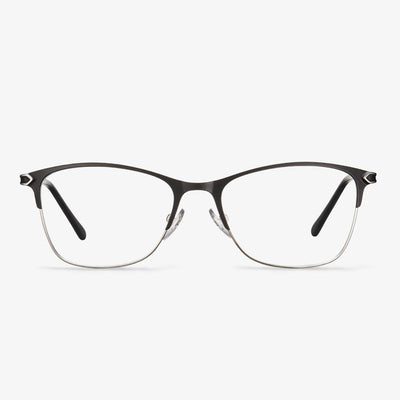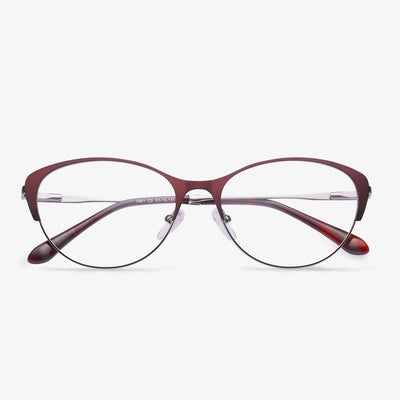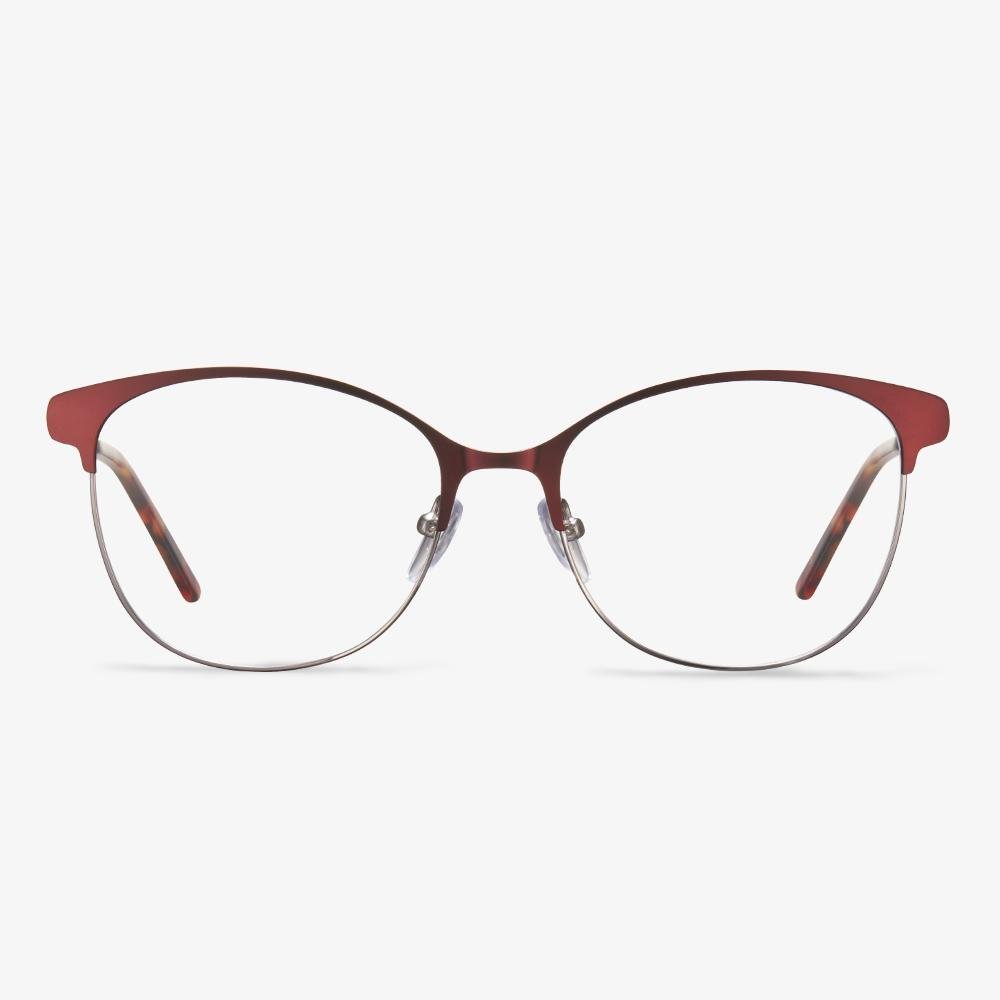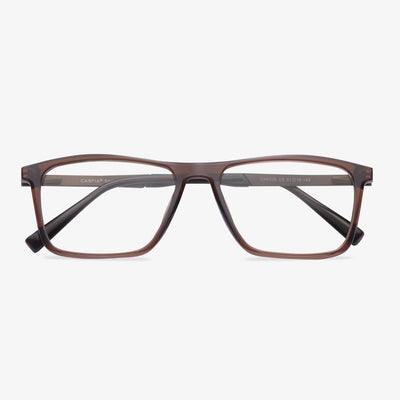Why is a prescription for glasses different from a prescription for contact lenses?
The frame glasses degrees are the optometric degrees of the eye, and the difference between the frame glasses degrees and the contact lens degrees is mainly due to the different contact distances between the two lenses and the eye. Usually, degrees of contact lenses and glasses need to be converted by a professional through vertex diopter. The conversion formula is Fc=Fs/(1-d×Fs). In the formula, Fc is the diopter of contact lens, Fs is the diopter of glasses frame lens, and D is the distance between frame glasses lens and cornea. Assuming that the prescription of frame glasses is -4.00d and the distance between lens apex is 12mm, the prescription of contact lenses is -4.00/ [1-0.012×(-4.00)] = -3.82d.
Why do you need night-driving glasses?
Aging causes our pupils to become progressively smaller, so they don't dilate as quickly. A smaller pupil means less light reaches your retina, which makes it harder to see at night. The weak artificial light, and the fact that we can't see beyond these sources in the dark, exacerbate the dangers of night driving. For people wearing prescription glasses, the risk of driving at night is much greater. Driving can be stressful, especially if you have poor eyesight. This is especially true at night. If you have poor vision and drive at night, you're vulnerable to a number of potential hazards, and we're talking about prescription glasses for night driving. These glasses can play a big role in making you safer and more comfortable. They can even save your life. This is especially important as night vision decreases with age. When you drive at night, choosing the best prescription glasses for night driving can make your life easier.
The material of the nose pads
There are many differences between silica gel and PVC materials. For example, silicone can pass ROHS certification and is environmentally friendly. Silica gel is soft and feels good, while PVC products are rough. Silica gel products are soft, while PVC products are hard. Silica gel products are more flexible, but PVC has no toughness. Silica gel products are usually made to be more transparent. Glass frames made of plate material and TR-90 material, are relatively not heavy and non-allergic. Typically, the TR90 frame is cast to form a nose pad attached to the glasses ring. As the plate frame is cut out from compressed materials, the plate frame with a nose pad is usually injected into the nose pad after the frame is made.
Why are titanium glasses so expensive?
Strong and Durable. They are widely used in aerospace technology, jewelry, surgical instruments, and other fields. It is the most progressive material in the eyewear industry. Titanium is a very hard, lightweight metal that is proper for eyeglass frames. With good hardness, high strength, the glasses are not easy to deform. It is not easy to scratch and wear and has good corrosion resistance and plasticity. It has a high melting point, corrosion resistance, and hard electroplating. Titanium can be made into memory metal, which means it can bend and return to its original shape. Hinge is not easy to break, having rust resistance, impact resistance. When it's used in glasses, it fits the bill.If you've ever broken a frame, titanium is possible the best material for you.
What is the best lens material?
Crown glass was first used to make lenses. The glass melt was blown into a crown, or hollow sphere, and then reheated in the center of a rapidly rotating plate, which was then unrolled and flattened by centrifugal force. Flat and thin edges are cut into suitable shapes to make window panes. The circular bulge in the middle is the prototype of the lens. The glass material used to make lenses was originally colorless transparent glass with a refractive index of 1.523. Other substances were added to the lens to improve its ability to absorb ultraviolet light.
Types of Single Vision Lenses
Single vision lenses come in several different types including the 1.59 polycarbonate single vision, 1.57 mid-index single vision and polarized single vision.
1.59 polycarbonate single vision lenses are characterized by their durability and impact resistance. They often include an anti-scratch coating or anti-reflective coating. This lens is much lighter and thinner than a traditional plastic lens, and it blocks the sun’s harmful UV, offering maximum UV protection.
1.57 mid-index single vision lenses are thinner than regular plastic and moderately lighter and stronger. They come with an anti-scratch coating or anti-reflective coating. These lenses are an ideal option for people with relatively higher prescriptions. But they are thicker than the polycarbonate lenses.
Polarized single vision lenses are sunglasses that protect your eyes from light that bounces off smooth, highly reflective surfaces like asphalt, snow, and water. These lenses work by controlling certain light properties and limiting specific wavelengths. They boast a vertical filter that does not allow horizontal glare to pass through.
Limitations of NXT lenses
NXT lenses made from Trivex can't be cut by means of traditional edge cutting ways, requiring certain edge grinders, which has caused some problems for retail stores. Therefore, now NXT lenses are more used in some glasses, like sunglasses, protective goggles, and so on.


















































